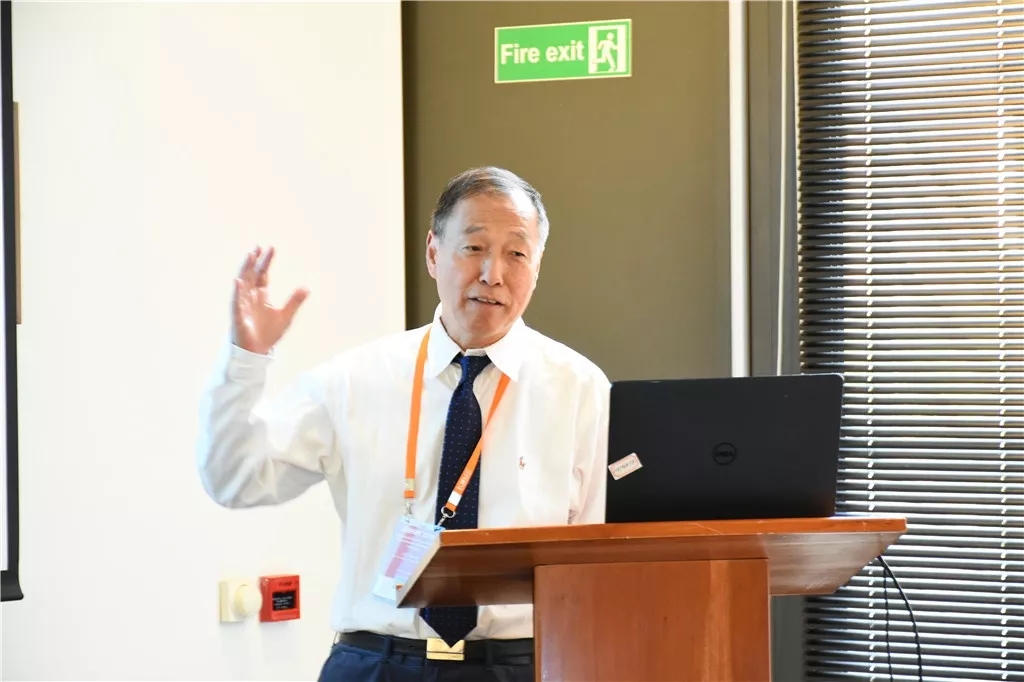Prof. Ruxu Du

Abstract: In the past two years, the world manufacturing environment has been completely changed from globalization to nationalization. As a result, companies large or small will have to face ever increased government regulation, resources restriction and market limitation. To survive such a harsh environment, companies will have to make their manufacturing system resilient.
In this talk, we introduced the idea of resilient manufacturing system. It consists of four parts:
-
Product design and optimization. This includes
-
Analyze the product to find alternative designs which do not dependent on single or strangling resources. For example, a design with strong dependence on specific patents and intellectual rights shall be modified.
-
Analyze the product to find alternative materials which do not dependent on single or strangling resources. For example, a design with strong dependence on a specific alloy shall be modified to use different materials, different coating, as well as different sizes and geometries.
-
Optimize the design using multi-physics simulation and automated design. For example, one can use the honeycomb structure to reduce the weight and yet maintain the same strength.
-
Manufacturing system modeling and optimization. This includes
-
Modeling the manufacturing system to find bottleneck stations and/or bottleneck supplies so that the system reliability can be maximized. For example, a bottleneck station shall be redesigned to include buffers and/or a parallel station. Also, bottleneck supply shall be minimized by developing additional supplies through data mining.
-
Develop a digital twin for manufacturing system so that its operation can be easily viewed and managed.
-
On-line monitoring and control of critical machines and stations in manufacturing systems. This is a key part of intelligent manufacturing. Various sensors, algorithms and computer control systems will be used.
-
Alternative manufacturing methods. In the past decade, several new manufacturing methods have been developed. This includes
-
3D printing. 3D printing, especially integrated 3D printing and CNC machining machines can make parts with high dimension accuracy and good surface finish. It also reduces the dependence on tedious post-processing processes.
-
Incremental forming. Eighty percent of the engineering parts are shells. Presently, these parts are made by metal forming (e.g., sheet metal stamping) and plastic forming (e.g., injection molding), in which the bottleneck is the dies and molds, which is expensive and time-consuming to make. In the past two decades, the techniques of incremental forming, also called dieless forming, have been greatly advanced. It is particularly useful for single or small batch manufacturing.
-
Reconfigurable CNC machine tools. The idea of reconfigurable CNC machine tools is first proposed some twenty years ago.
-
Robotics
-
Logistics and supply chain management. Joint venture
-
Internet of Things (IoT).
-
Sociology
